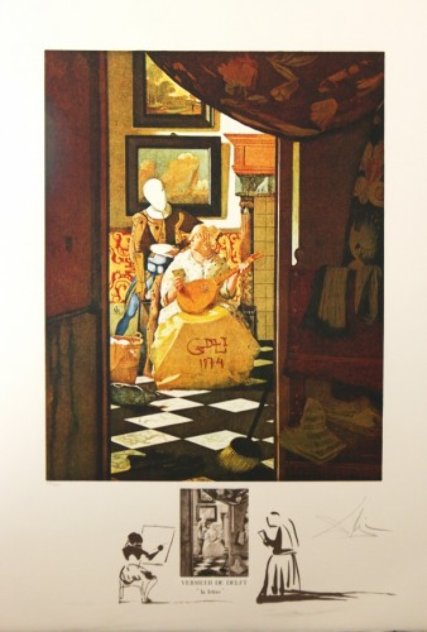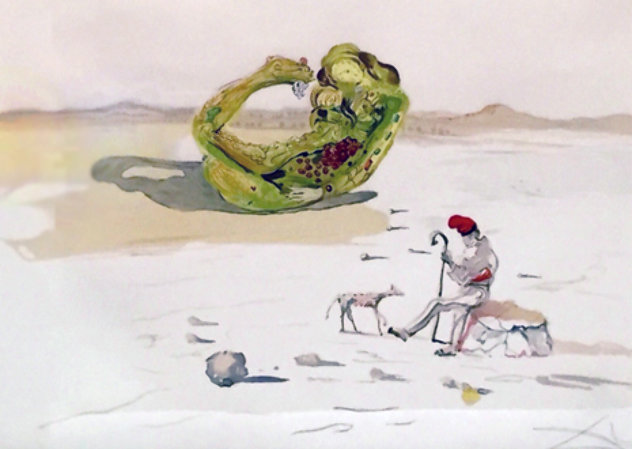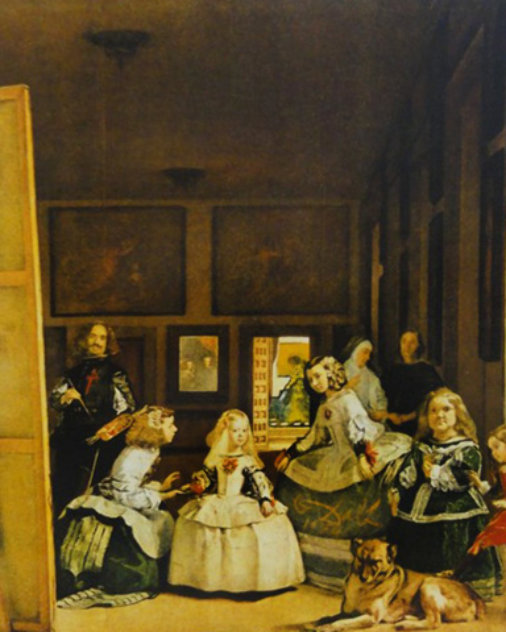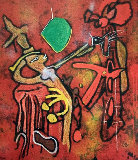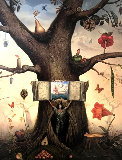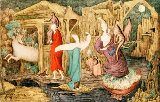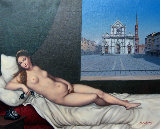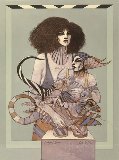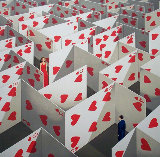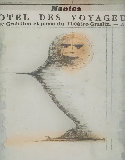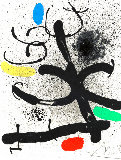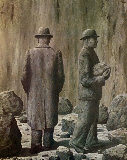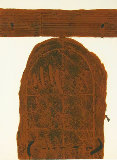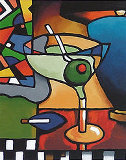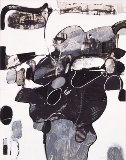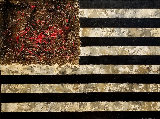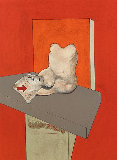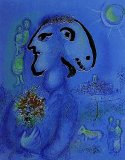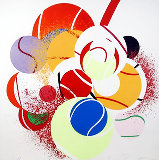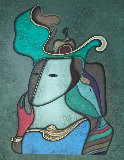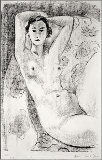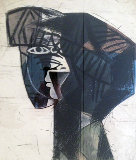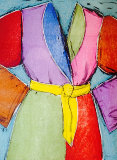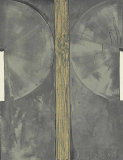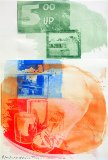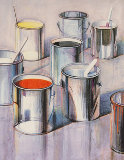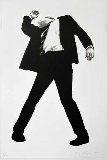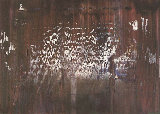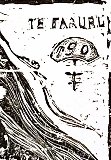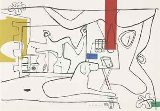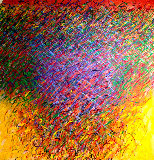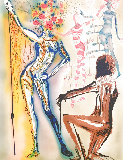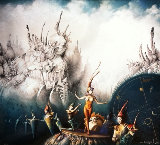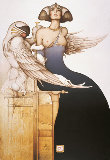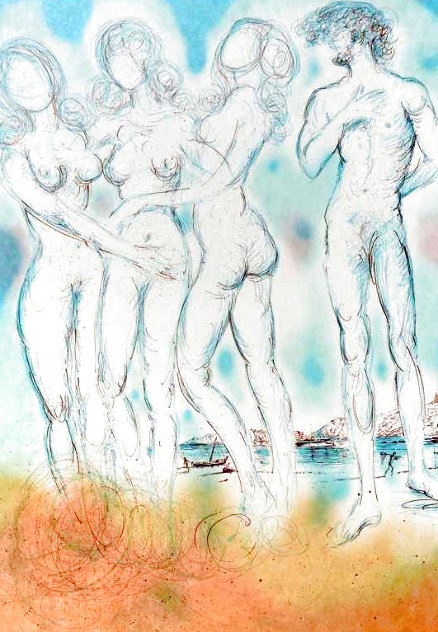





Mythology Judgement of Paris 1966 - Early
Salvador Dali
Limited Edition Print : Lithograph From Original Painting
Size : 28.13x18.88 in | 71x48 cm
Framed : 35.63x26.13 in | 91x66 cm
Edition : From the Edition of 250
-
🔥1966 Framed Limited Edition Lithograph - Inquire - Blue Chip $$$$$$$
Year1966
Hand SignedLower Right in Pencil
Condition Excellent
Framed with PlexiglassWood Frame, Black Edges With Gold Front
Purchased fromDealer 2000
Provenance / HistoryThis work was purchased from The Salvador Dali Gallery.
Story / Additional InfoExecuted on a grand scale, the present work illustrates the Judgement of Paris, a story from Greek mythology which opens with the marriage celebration of Peleus and Thetis. The banquet was held in their honor by Zeus, who chose not to invite Eris, the goddess of discord; angered by this decision she arrived unannounced and threw a golden apple into the gathering, upon which was the inscription 'for the fairest one'. Three goddesses made to claim the prize – Hera, Athena and Aphrodite. Asked to mediate, Zeus declined to judge the women and instead nominated Paris, a prince of Troy, to choose the fairest maiden. Each woman appeared before him and attempted to lure him with gifts of favor – Paris finally awarded the golden apple to Aphrodite based on her promise to him of the world's most beautiful woman, Helen of Troy. The three goddesses are ringed together, the golden apple in their midst, whilst the young Paris stands to one side with a hand clasped to his chest.
Albert Field of the Salvador Dali Archives examined this work and issued his signature on the back in March 1997. Publisher is Sidney Lucas; edition printed in New York, Plate destroyed. This work was included in the Dali 100 Years Exhibition Tour.
Certificate of AuthenticityThe Salvador Dali Gallery
LID155886
Salvador Dali - Spain
Art Brokerage: Park West Artist: Salvador Dali Spanish Artist: Salvador Dalí was a renowned Spanish Surrealist artist known for his enigmatic paintings of dreamscapes and religious themes. The Persistence of Memory (1931), arguably his best known work, visually manifests the strangeness of time by depicting clocks melting in an idyllic landscape. "One day it will have to be officially admitted that what we have christened reality is an even greater illusion than the world of dreams," he once reflected. Born Salvador Domingo Felipe Jacinto Dalí i Domènech on May 11, 1904 in Figueres, Spain, he displayed a great aptitude for the visual arts as a teenager. Three years after his first exhibition at the age of 14, he enrolled at the Academia de San Fernando in Madrid. At school, he emulated many contemporary styles but also the works of Johannes Vermeer and Diego Velázquez. During his visits to Paris in the late 1920s, he was introduced to the Surrealist movement by René Magritte and Joan Miró. Though the concept of Surrealism was new to him, Dalí was already well versed in the psychoanalytic theories of Sigmund Freud. Dabbling in various projects throughout his long career, in 1942 he published the book The Secret Life of Salvador Dalí. A mixture of self-aggrandizing confessions and sadistic fantasies about his childhood, the book further outlined the artist's outlandish persona. However, his pronounced sense of ego was not always unfounded, as evinced in his works inclusion in Alfred Hitchcock's famous dream sequence from the film Spellbound (1945). Dalí died on January 23, 1989 in his hometown of Figueres, Spain. Today, his works are held in the collections of The Museum of Modern Art in New York, the Tate Modern in London, the Reina Sofia National Museum in Madrid, and the Museum Ludwig in Cologne, among others. Listings wanted.





